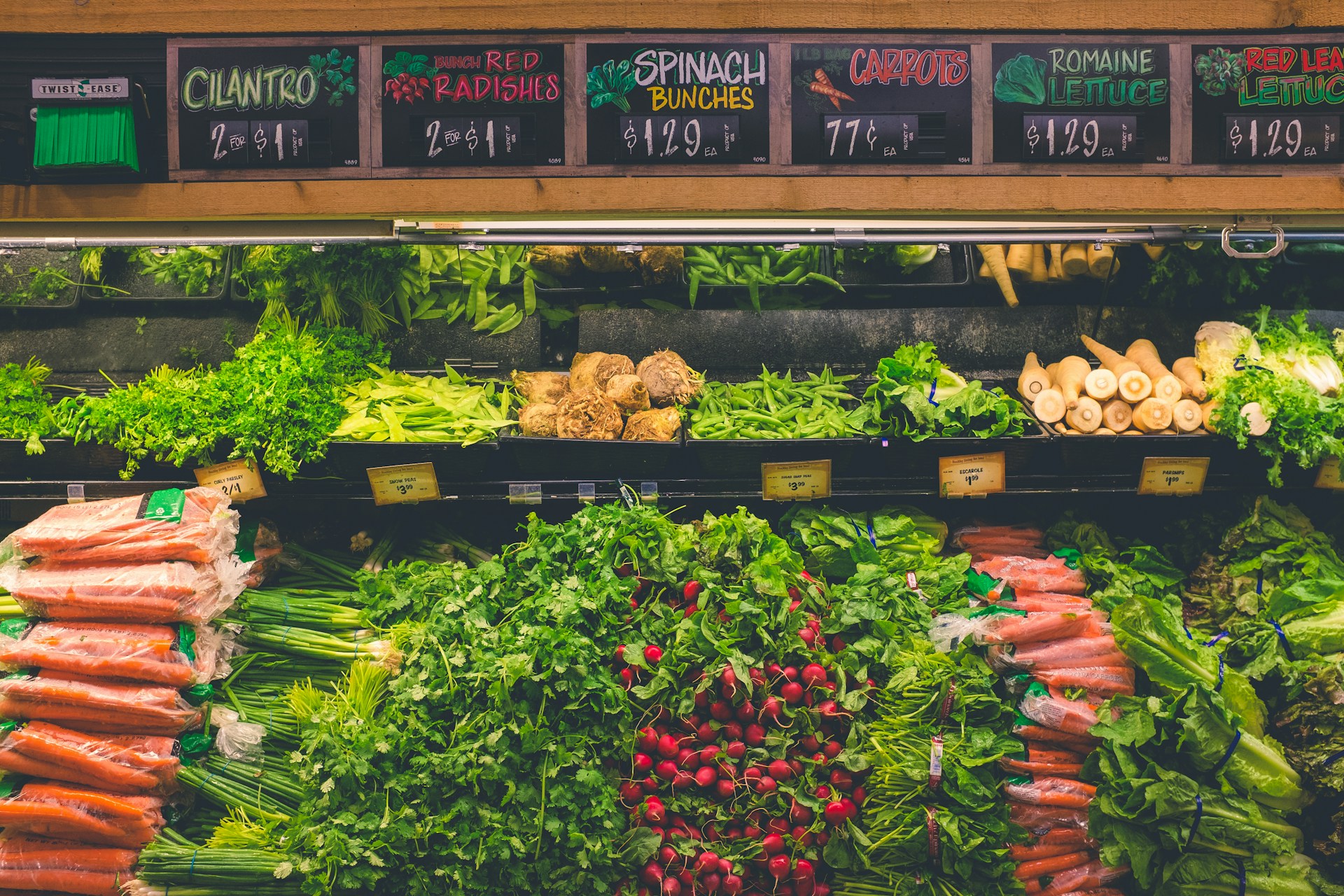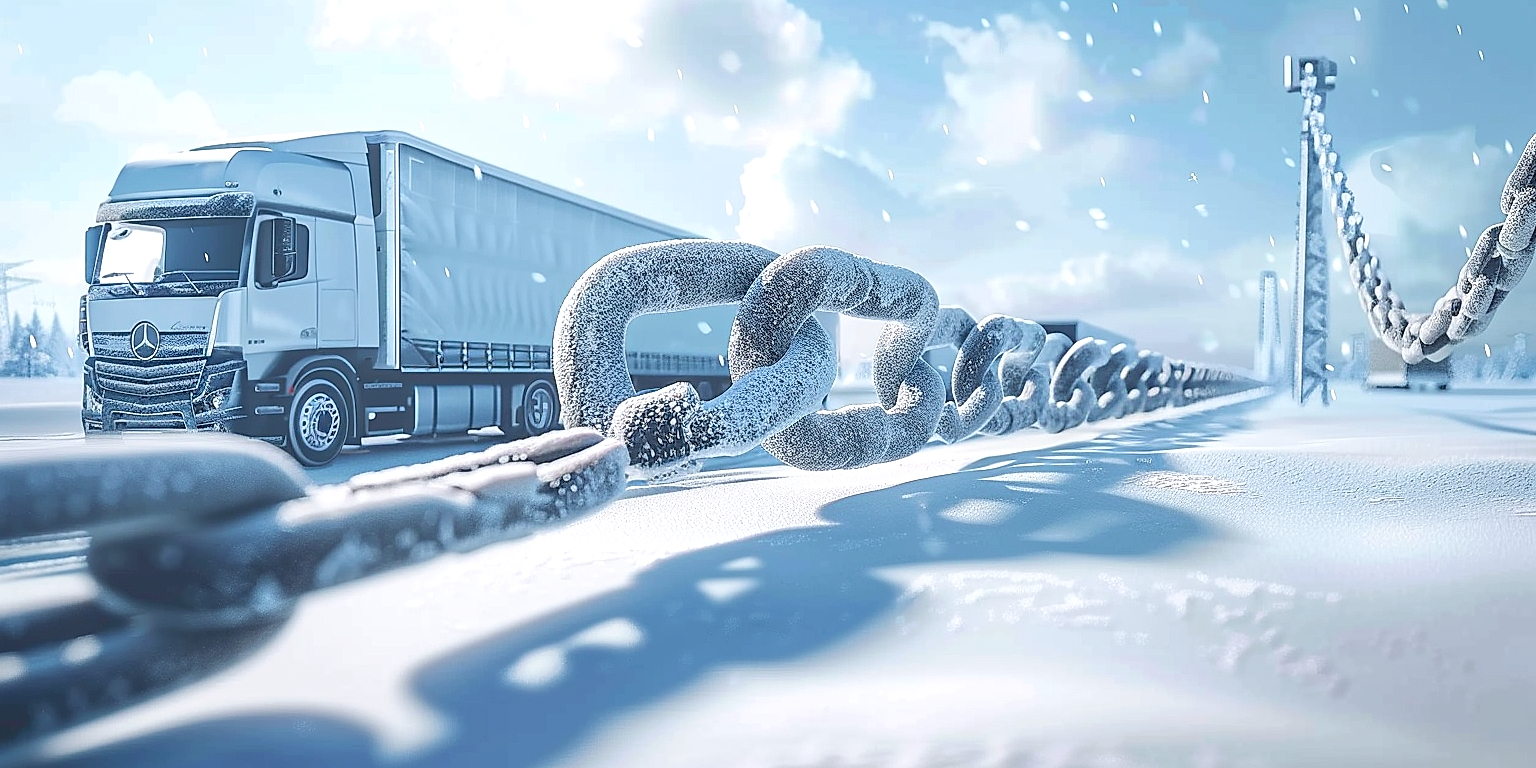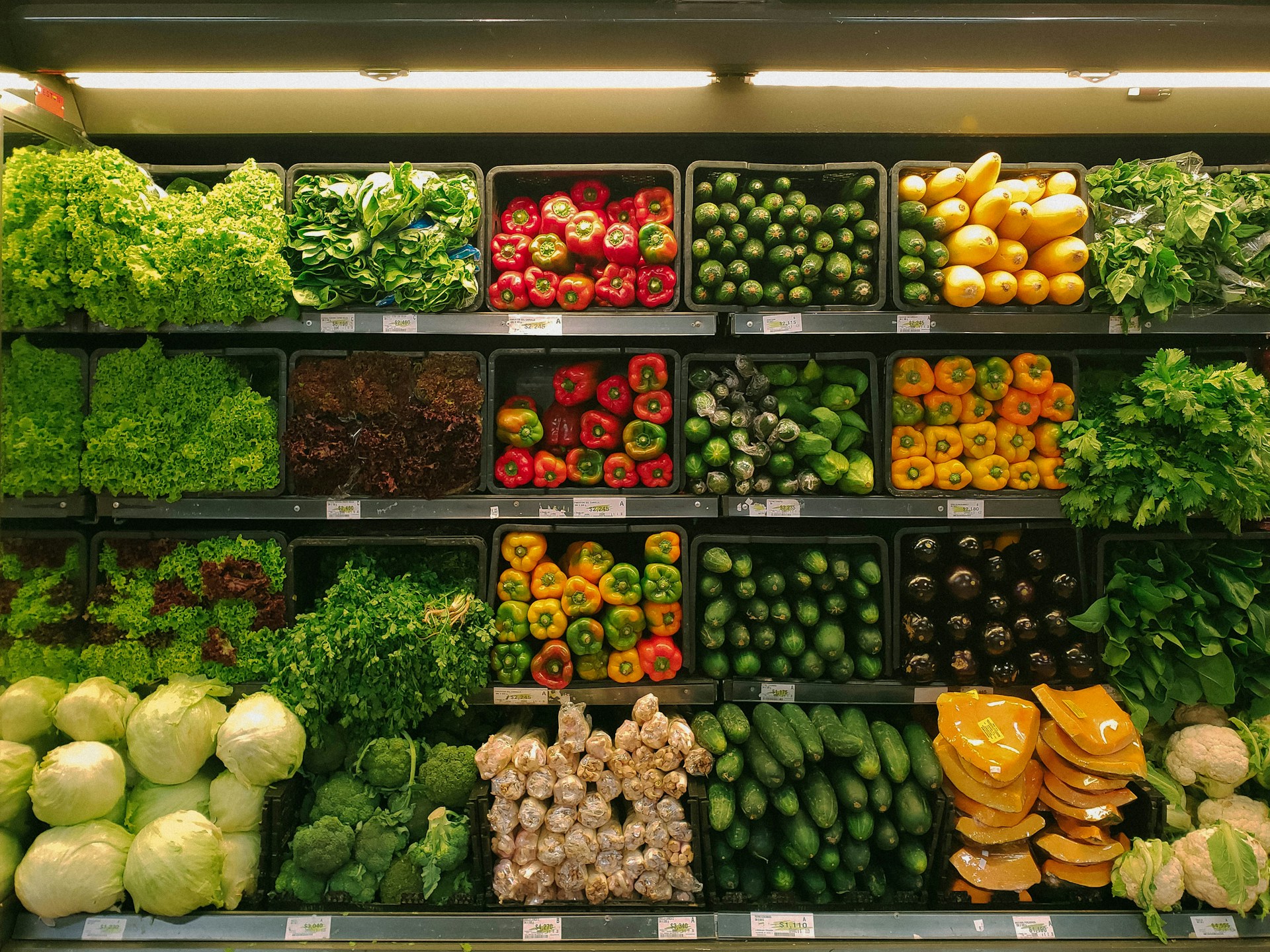As the global produce market continues to expand, efficient and controlled preservation methods have become a priority for suppliers.
Cold chain distribution, in particular, holds significant importance in maintaining the quality of fresh and perishable products during transit.
This method has been scientifically proven to extend the shelf life and retain the nutritional values of fruits and vegetables.
However, recent advancements in technology are reshaping our understanding of cold chain logistics, promising an efficient, affordable, and sustainable future for produce distribution.
This article aims to explore these impending transformations.
We will dive into how new-age technological innovations can refine existing strategies, ensuring the safe delivery of farm-fresh produce worldwide.
Future Cold Chain Insights For Produce Distribution
1. Automation to boost operational efficiency and accuracy.
The future of cold chain logistics for produce distribution is expected to be largely influenced by the increasing utilization of automation technologies.
These technologies can significantly enhance operational efficiency and boost the level of accuracy within the supply chain, thereby, maximizing profit margins.
Automation in cold chain logistics involves the use of systems and machinery to perform tasks that were traditionally done manually.
This ranges from automated storage and retrieval systems (ASRS) in warehouses to auto-piloted delivery trucks and drones transporting goods to and fro.
One of the primary benefits of automation is the increased speed at which tasks can be completed.
Through automation, cold chain logistics can operate 24/7 without pauses for rest, yielding higher overall output.
This is particularly valuable in the context of produce distribution, where the freshness of goods can be significantly compromised by delays in the supply chain.
Beyond accelerating operational speed, automation also enhances precision.
Autonomous machinery can execute tasks repeatedly without variations, thereby maintaining consistency in produce handling throughout the supply chain.
This uniformity not only mitigates the risk of damage to goods but also ensures that quality control standards are adhered to strictly.
In addition, automation also plays a pivotal role in improving resource allocation.
By eliminating the need for human intervention, automation allows businesses to divert valuable resources towards other strategic areas.
Finally, the integration of automation technologies with data analytics can dramatically amplify the benefits.
Through the utilization of real-time data, automation systems can dynamically adjust their operations to respond to changing supply and demand patterns, thereby further boosting operational efficiency and accuracy.
Therefore, automation is expected to play an increasingly prominent role in shaping the future landscapes of cold chain logistics for produce distribution.
2. Growing Adoption of IoT-Enabled Refrigeration Systems
Undeniably, the growing adoption of Internet of Things (IoT) enabled refrigeration systems is reshaping the future of cold chain distribution for fresh produce.
Broadly, IoT technology involves connecting multiple devices or systems electronically, allowing them to share data and make coordinated decisions.
In the context of cold chain logistics, this means connecting refrigeration units to a central system, facilitating real-time monitoring and control.
Importantly, IoT-enabled refrigeration systems ensure high-level accuracy in temperature control, which is vital for maintaining the quality of fresh produce during its journey.
This technology not only allows proactive temperature management but also provides significant data that could be utilized to prevent future issues.
“Through the use of IoT technology, perishable produce can be continuously monitored for temperature fluctuation, reducing the risk of spoilage drastically.”
Moreover, it saves valuable time by issuing instant alerts in case of any anomalies, making it easier for fast and effective problem-solving.
The result is a significant reduction in wastage due to improper storage conditions, contributing to more sustainable practices in the cold chain industry.
This technology opens up new avenues for remote management as well, where central teams can intervene and initiate corrective actions even from afar.
Furthermore, IoT systems can be integrated with other technology like AI and machine learning for predictive analysis.
This is crucial for preventing potential problems and ensuring optimal performance of the entire cold chain logistics.
The exponential rise in the adoption of IoT-enabled refrigeration systems also points towards an industry trend towards digitization and productivity enhancement.
Although initial costs may be high, the returns on investment are expected to be significant in the form of reduced wastage, improved efficiency and robust quality control.
Lastly, with the rise of smart cities, it is highly plausible that IoT-enabled refrigeration systems will become the standard in the near future.
Overall, it’s clear that the increasing reliance on IoT in the refrigeration industry is set to revolutionize the entire eco-system of produce distribution, making it smarter, safer and more sustainable.
3. Use of data analytics for real-time monitoring.
The integration of data analytics into the cold chain logistics for produce distribution is an innovation that is increasingly being adopted.
This modern technology provides detailed insights that can be used to monitor the real-time condition of the perishable goods during their transit.
Processes and systems that have been in the dark can now be illuminated with objective and factual data, not previously available through traditional means.
With real-time monitoring, any deviation or anomaly in terms of temperature, humidity, or other parameters crucial to the quality of the produce can be instantly detected and immediate corrective actions can be triggered.
This significantly reduces the chances of product spoilage or damage, thus, saving the associated costs and contributing to better profit margins.
Data analytics not only provides the ability to monitor in real-time but also facilitates predictive analysis.
This predictive nature of data analytics can be leveraged to estimate the shelf-life of the produce, identify potential system failures, or any unforeseen circumstances that might impact the cold chain logistics in any way.
Data analytics also enables benchmarking and trend analysis, providing valuable insights for future planning.
With the help of these insights, businesses can better plan their logistics operations, scheduling the exact time of shipment to maintain the peak freshness and quality of the produce.
Besides, the real-time tracking feature also brings a layer of transparency and traceability into the system, providing critical information about the produce’s journey from the farm to the table.
This helps in creating a trust factor among the customers who are becoming increasingly conscious about the food they consume and their origin.
Moreover, the deep insights provided by data analytics can be used to optimize the cold chain logistics in various ways.
From minimizing waste during transportation to improving the efficiency of refrigeration systems, ensuring compliance with food safety standards, and developing more sustainable cold chain practices, the benefits that data analytics bring to the table are manifold.
Implementation of data analytics in cold chain logistics not only promises enhanced operational efficiency but also contributes to higher customer satisfaction by ensuring the best quality of the produce.
In nutshell, data analytics in real-time monitoring is a revolutionary tool that is redefining the future of cold chain logistics in produce distribution.
4. Sustainable solutions for eco-friendly cold chain logistics.
As a crucial part in the preservation and delivery of fresh produce, the cold chain logistics industry faces challenges in managing its environmental footprint.
With growing concerns about climate change, businesses are looking to adopt sustainable solutions.
These entail practices and technologies that reduce harmful emissions, energy consumption, and waste generation while ensuring that food products reach consumers in the best possible condition.
Several viable eco-friendly strategies have been emerging in recent years to revolutionize cold chain logistics.
One of these includes the utilization of renewable energy sources like solar or wind energy to power cooling systems.
For instance, companies can install solar panels on the roofs of their cold storage facilities or refrigeration trucks, reducing reliance on fossil fuels.
Some businesses are exploring the use of electric and hybrid vehicles for product distribution, which directly lowers greenhouse gas emissions.
Another approach is optimizing the design and operation of cold storages to maximize energy efficiency, for instance, by using insulation materials that minimize heat gain and employing energy-efficient refrigeration systems.
Furthermore, improving route planning and scheduling can significantly reduce fuel consumption and emissions.
By leveraging advanced analytics and modeling, businesses can determine the most efficient routes and delivery schedules, thus reducing unnecessary miles travelled.
Recycling and reusing packaging materials is another vital component of sustainable cold chain logistics.
Companies can lower their environmental impact by choosing reusable and recyclable packaging options, thereby reducing waste volume and promoting resource efficiency.
In addition, the development and application of digital technologies can help automate and streamline processes, reducing energy use and waste generation.
For instance, IoT devices can monitor temperature and humidity levels in real-time, enabling prompt adjustments that conserve energy and maintain the quality of fresh produce.
Overall, moving towards sustainable practices not only aids in minimizing environmental harm but can also result in cost savings and improved operational efficiency, demonstrating a clear win-win scenario for businesses.
The future of cold chain logistics lies in harnessing these innovative, eco-friendly solutions to foster sustainability while fulfilling its essential role in global food supply chains.
5. Drone delivery for remote, off-grid locations.
The introduction of drone delivery into cold chain logistics offers substantial advantages, particularly for remote or off-grid places.
One main advantage is its potential to reduce transportation time significantly, which is vital for maintaining the freshness of perishable products.
Drone delivery, owing to its speed and convenience, is paving the way for an efficient, reliable, and resilient cold chain network.
Through drones, immediate delivery of goods can be achieved without having to rely on established routes or transportation channels.
Moreover, these flying delivery robots consume less energy compared to traditional modes of transportation, making them a more sustainable option.
This innovation promotes the concept of ‘fresh-to-door’, a service that fast-tracks the delivery of fresh fruits and vegetables directly from farms to customers’ doorsteps.
Significantly, drone technology can circumvent the challenges caused by logistical inefficiencies, shifting demographics, or climate disruptions.
For instance, these flying machines can deliver essential produce to areas affected by natural disasters when roads and bridges are impaired, potentially saving lives by ensuring uninterrupted supply of fresh, nutritious food.
Additionally, drone technology can aid in reaching destinations that are inaccessible by land or sea, such as remote islands or isolated communities located on mountain tops.
Drones can also be utilized to maintain the cold chain during transport, as they can be equipped with temperature-controlled compartments.
This is crucial because a consistent temperature setting from the point of harvest to the point of sale can greatly reduce spoilage and waste, ensuring both the freshness and safety of produce items.
However, integrating drone delivery into the cold chain isn’t without its obstacles, as factors like regulatory approvals, security issues, and the cost of technology upgrades need to be addressed.
The advancement of drone technology also sets the stage for the development of more innovative solutions for cold chain management in the future.
Despite the challenges, the adoption of drone technology in cold chain logistics indicates a radical shift in the landscape of produce distribution – a shift towards a more efficient, sustainable, and resilient system.
Embracing this exciting change can ultimately lead to the creation of ‘smart’ food networks capable of catering to the demands of an increasingly global, interconnected world.
Thus, drone delivery isn’t just the future of cold chain logistics; it supplements the broader trends of automation, productivity, and sustainability in produce distribution.
The Bottom Line
As seen, the future of cold chain logistics is poised for significant transformation grounded in technological advances.
Operational efficiency and accuracy are set to reach new peaks through automation, making processes faster and more reliable.
The rise of IoT-enabled refrigeration systems further highlights this evolution, introducing an era of unprecedented control and connectivity.
Real-time monitoring with the aid of data analytics also promises to mitigate risks and avoid losses.
Amid these progressive trends, the industry is not losing sight of environmental responsibility, striving towards sustainable, eco-friendly solutions.
The advent of drone delivery, moreover, signals the capability of extending services to remote, off-grid locations.
All these developments attest to the adaptability, resilience, and forward-thinking nature of cold chain logistics.




